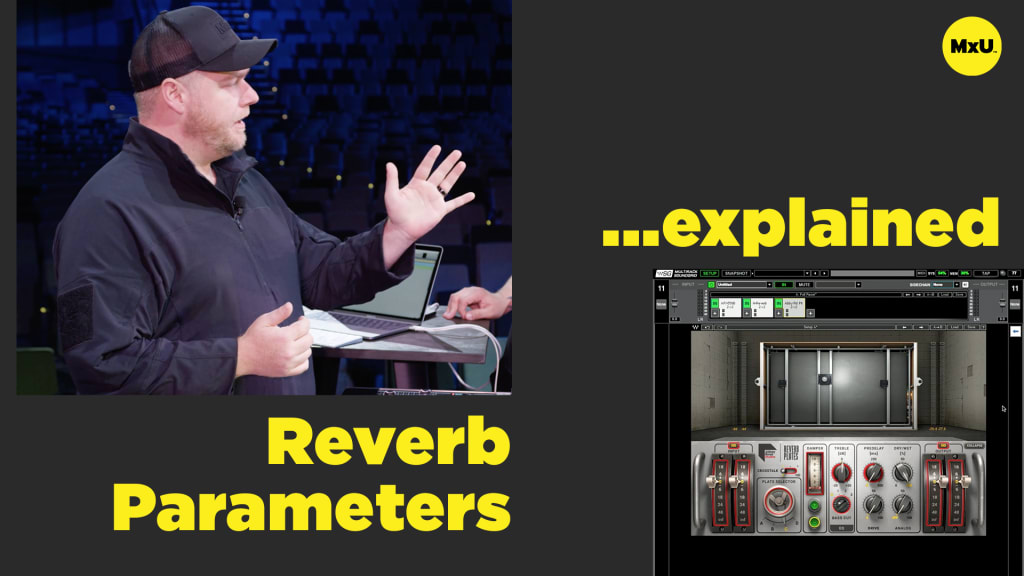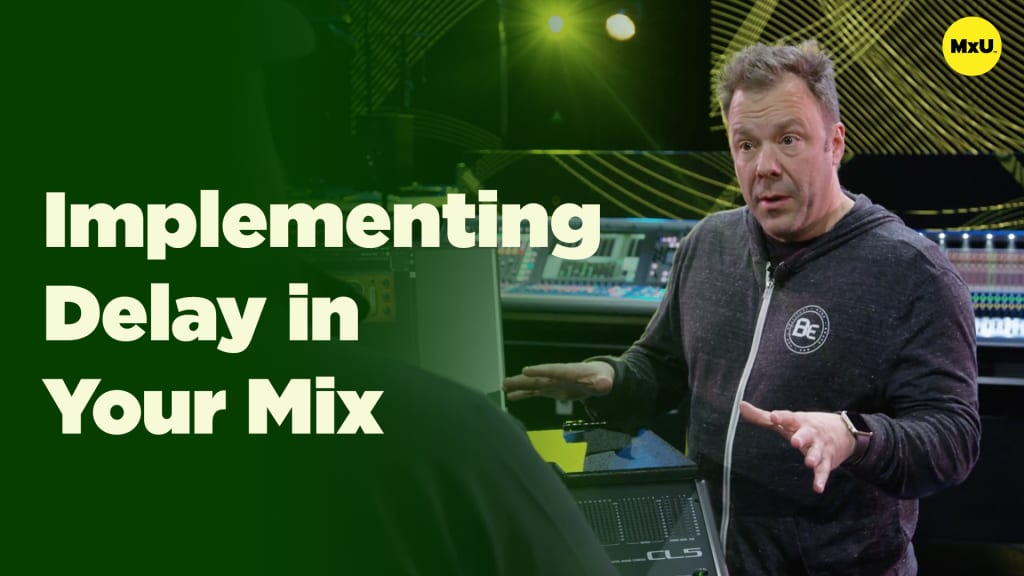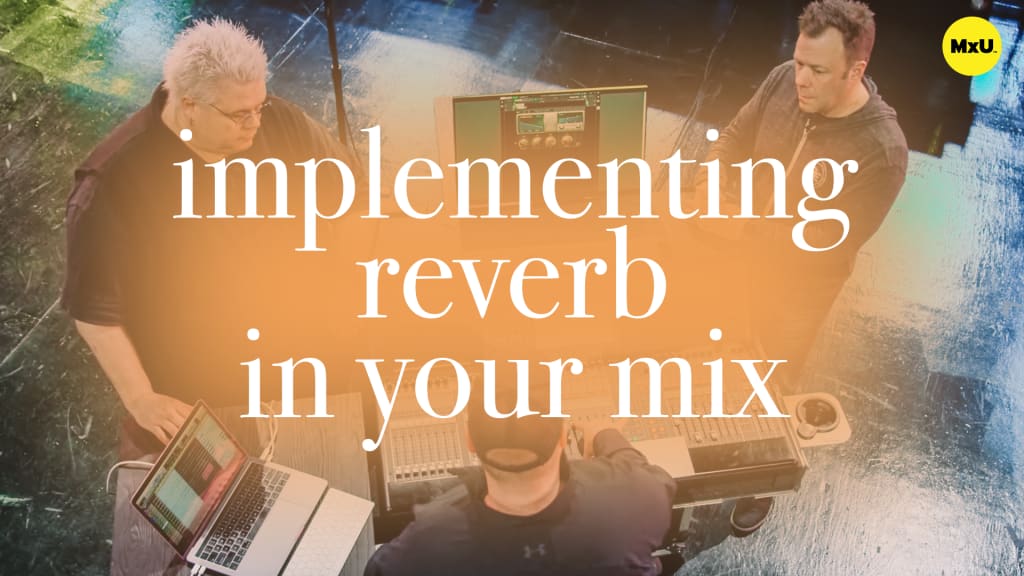Delay Parameters Explained
No actions available
Often times, delay effects in audio mixing is an essential part of achieving your desired sound outcome. Walk through the explanation of each control knob of a delay effect unit, ensuring that you understand how to manipulate delay to achieve your desired outcome. This is beneficial for those looking to enhance their understanding of delay effects and how to apply them musically.
Key Points:
- Before you begin turning knobs or pushing faders, it’s important to understand the concept of delay time which can be measured in milliseconds, beats per minute, or can be tied to a song’s tempo. This parameter determines the time interval between repeats of the delayed signal.
- Feedback, or the number of repeats and the duration of those repeats, is discussed as well. Different settings can produce varied numbers of echoes, emphasizing the important of this control in shaping the character of the delay effect.
- An often overlooked, but crucial aspect, is the EQ section in delay units. Learn how to use high-pass and low-pass filters to shape the sound of the delay, thereby preventing clutter in the mix and achieving a more natural echo decay.
- Syncing delay timings with the rhythm is important, and a musical approach to setting delay times is encourage. The musical approach emphasizes the use of BPM data from music directors or guitarists to align delays with the performance.
- There is a sync feature in delay units, which allows for synchronization with external timing sources, and how it differs from manually setting delay times.
- The significance of the note knob, which relates to musical notes and their corresponding delay times, is explained. You can also manually input BPM for precise control over the delay timing.
- Mix balance control adjusts the blend between the original signal and the effect. Finding the right mix balance to make the delay effective without overpowering the original sound, is essential.
Categories
Audio
101
Team Videos
Premium Videos
Nothing added









